Advertisements
Advertisements
प्रश्न
In which of the following cases, a unique triangle can be drawn?
पर्याय
AB = 4 cm, BC = 8 cm and CA = 2 cm
BC = 5.2 cm, ∠B = 90° and ∠C = 110°
XY = 5 cm, ∠X = 45° and ∠Y = 60°
An isosceles triangle with the length of each equal side 6.2 cm
उत्तर
XY = 5 cm, ∠X = 45° and ∠Y = 60°
Explanation:
Let us draw the triangle according to measurements given in respective options.
For (a) As we can see, triangle cannot be drawn.
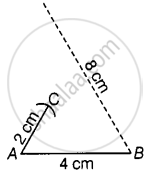
For (b) Triangle cannot be formed.
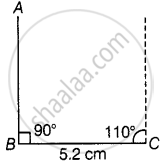
For (c) Unique triangle can be drawn by these measurements.
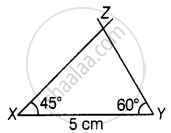
For (d) Using given data, we can form as many triangles as we want.
APPEARS IN
संबंधित प्रश्न
Use isometric dot paper and make an isometric sketch for the given shape:
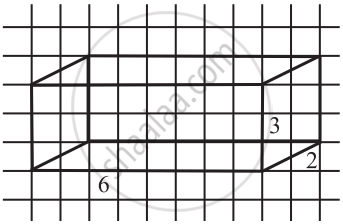
Use isometric dot paper and make an isometric sketch of the given shape:

The dimensions of a cuboid are 5 cm, 3 cm and 2 cm. Draw three different isometric sketches of this cuboid.
Give an isometric sketch for the following:
A cuboid of dimensions 5 cm, 3 cm and 2 cm. (Is your sketch unique?)
For each solid, three views are given. Identify for each solid, the corresponding Top, Front and Side (T, F and S) views.
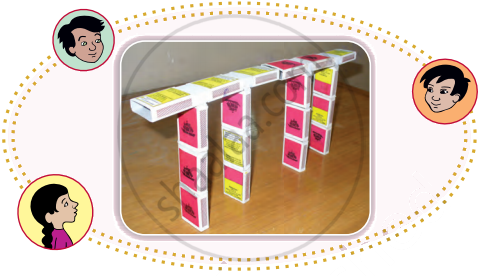
- If you look at the bridge from the top, how will it look? Choose the right drawing below:


Look at the photo and try to make a deep drawing of this bridge.
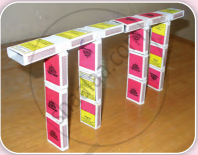
Make drawings to show how this bridge will look
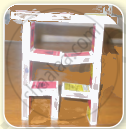
- From the top
- From the front
- From the side
An isometric sketch does not have proportional length.
Isometric sheet divides the paper into small isosceles triangles made up of dots or lines.
